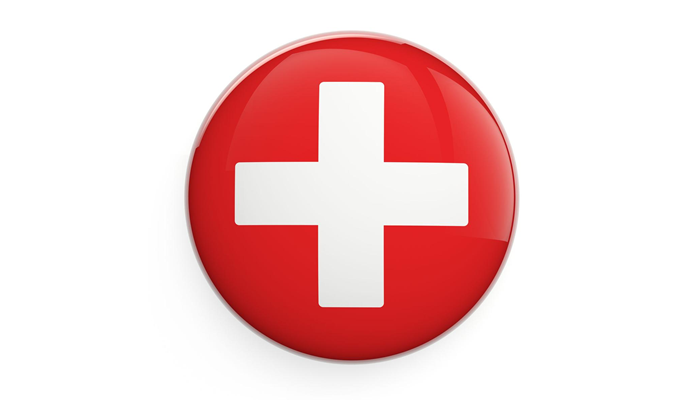The first time you deal with a pet emergency that may require CPR will be a very stressful/scary situation. A great graphic to help comes from the American Red Cross. The chart shows a prone dog receiving CPR – Airway is checked and cleared with the Heimlich maneuver, Breathing is assessed by watching the chest, and Circulation is evaluated by tongue and gum color as well as heartbeat.
The chart shows the dog laying with its left side up on purpose. The Heimlich maneuver is best delivered on the left side of the dog or cat –the esophagus travels down to the stomach on the left side of the body. A thrust with the heel of your hand on the left, at the rear of the ribs, in the direction from the ribs toward the neck is right to propel anything lodged out of the throat. You may have to try 2-3 times.
The graphic also tells you to put a cat or small dog’s mouth and nose in your mouth to breathe for them, and just the tip of the nose in a big dog. The goal with either one is to breathe in through their nose holes and keep the lips of the mouth shut, otherwise the air shoots out the mouth and not into the lungs. A difficult thing to explain is how hard to breathe – enough to move the patient’s chest, but not enough to rupture the lungs. So, watch the chest, stop when the ribs move up a little.
Finally, circulation is obtained by performing chest compressions. As explained, these should be done on the left, where the heart is. Just as can happen in humans, pressing hard enough to stimulate the heart can crack the ribs. When trying to save our pets in a life-threatening situation, we must do everything we can to save their lives.
I hope you never need to do CPR on your pets!

